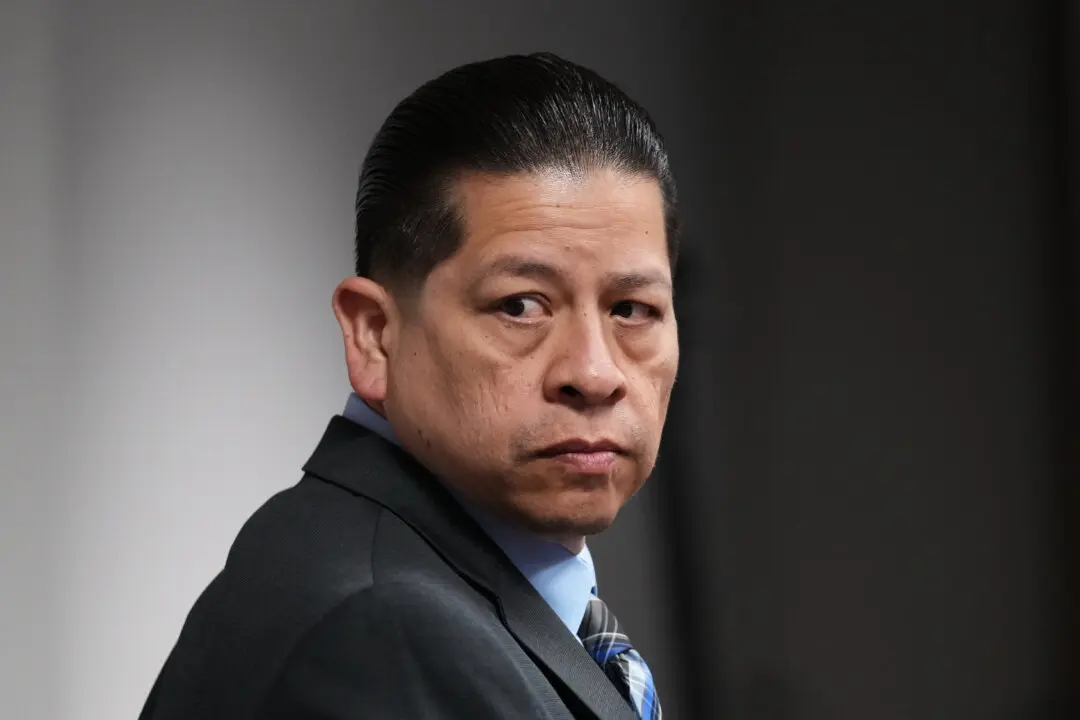NEW YORK—When Wells Fargo CEO John Stumpf testifies before a Senate committee hearing Tuesday, it won’t be just his bank under fire for turning friendly branches into high-pressure sales centers. It'll be the entire industry.
Wells Fargo is in the spotlight now after its employees allegedly opened up to 2 million bank and credit card accounts, transferred customers’ money without telling them and even created fake email addresses to sign people up for online banking in an effort to meet lofty sales goals.

Wells Fargo chairman & CEO John Stumpf, in New York on Dec. 7, 2015. AP Photo/Richard Drew





